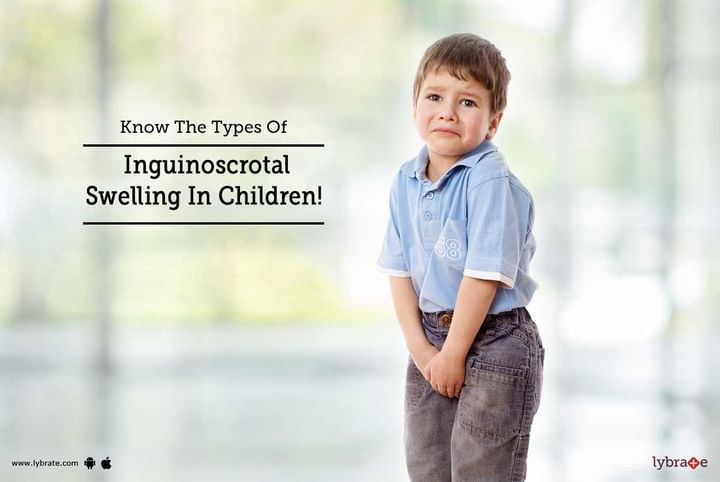Know The Types Of Inguinoscrotal Swelling In Children!
Inguino-scrotal and Inguino-labial swellings are common in children during infancy. A common cause of an Inguino-scrotal swelling in children is the presence of a patent processus vaginalis. It presents in the form of an inguinal hernia or hydrocele. Male infants are often affected 3 to 6 times more than the female ones. Processus vaginalis is the outpouching of peritoneum that extends through the inguinal canal. It is first seen during the 3rd month of intrauterine life. It follows the gubernaculum and testes through the inguinal canal and reaches the scrotum by the 7th month of gestation.
Differential diagnosis of inguino-scrotal swelling in children:
- Inguinal hernia and hydrocele
- Torsion testes, epididymorchitis
- Undescended testes
- Varicocele
- Enlarged inguinal lymph node
- Abscess or lipoma
Normally after the testicular descent, the portion of processus vaginalis surrounding the testis becomes tunica vaginalis. The processus vaginalis gets obliterated, eliminating the communication between peritoneal cavity and scrotum. A patent processus vaginalis is seen up to 20% in adulthood.
Hernia and Hydrocele: The testicles or ovaries form in the abdomen near the kidneys, between 3 to 4 months of fetal development. Further, they gradually move down into the lower part of the abdomen as the fetus continues to develop. On descending downwards, small part of the peritoneum (a layer of tissue lining the abdomen from inside) that attaches to the testicle is drawn with it into the scrotum. This forms a pouch or sac. A similar process occurs in females as the round ligament of the uterus descends into the groin at the labia. The sac formed is processus vaginalis. Any connection between the abdominal cavity and the scrotum or groin is eliminated. When closure of the processus vaginalis is delayed or incomplete, it may stretch and eventually become a hernia. Stretching of processus vaginalis creates the inguinal sac that allows organs an extension from abdomen and entry into the sac. If fluid, rather than organs, builds up and remains in the sac, the child has a hydrocele. Approximately 80 percent to 90 percent of inguinal hernias appear in boys. They are more common on the right side, but in about 10 percent of cases, they occur on both sides (bilaterally).
Epididymorchitis: Epididymitis is the pain and swelling of the tube that attaches to each testicle called as the epididymis. Orchitis is pain and swelling of the testicle. Since epididymis and testis lie next to each other, differentiation of the inflamed part is difficult. Hence, the term epididymo-orchitis is often used. Infection with bacteria often causes these problems. Other causes are infections from surgery or from a catheter that drains urine. The mumps virus also can cause orchitis. Analgesics or anti-inflammatory medicines can reduce the pain. Antibiotics are used if the problem is caused by bacteria.
Torsion testis: It is a painful condition that occurs in the boys. It is a twisting of the testicles and the spermatic cord (the structure extending from the groin to the testes that contains nerves, ducts, and blood vessels). A decreased blood flow to the testes is caused by torsion of the testes. This torsion essentially strangles them of oxygen and nutrients. While it generally occurs in adolescent boys, it may also occur during fetal development or shortly after a baby is born. Urgent surgical procedure is undertaken if testicular torsion is confirmed in a child. The chance of survival for the testicle is best if surgery is completed within six hours of symptom onset.



+1.svg)
